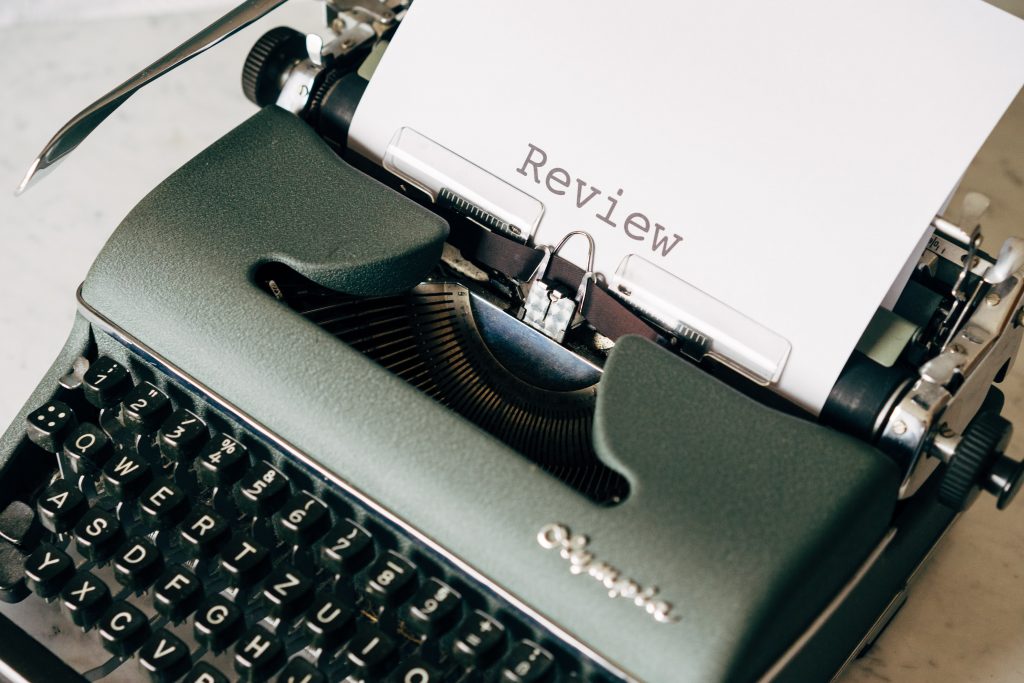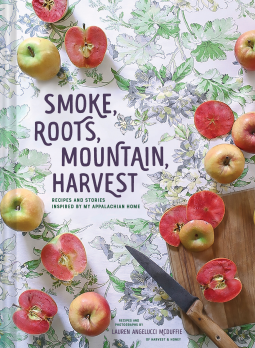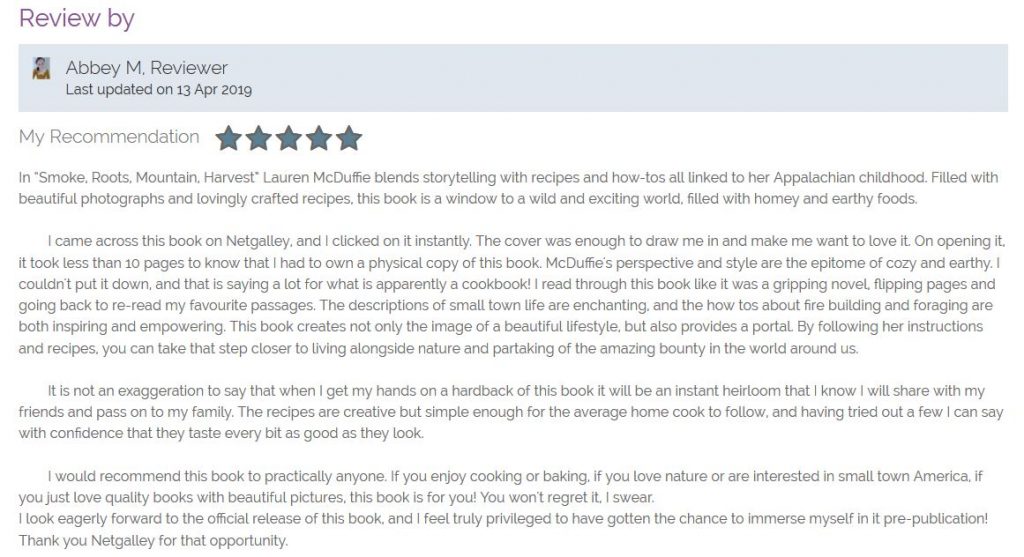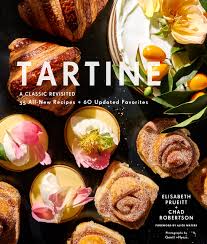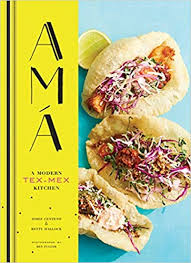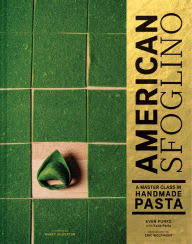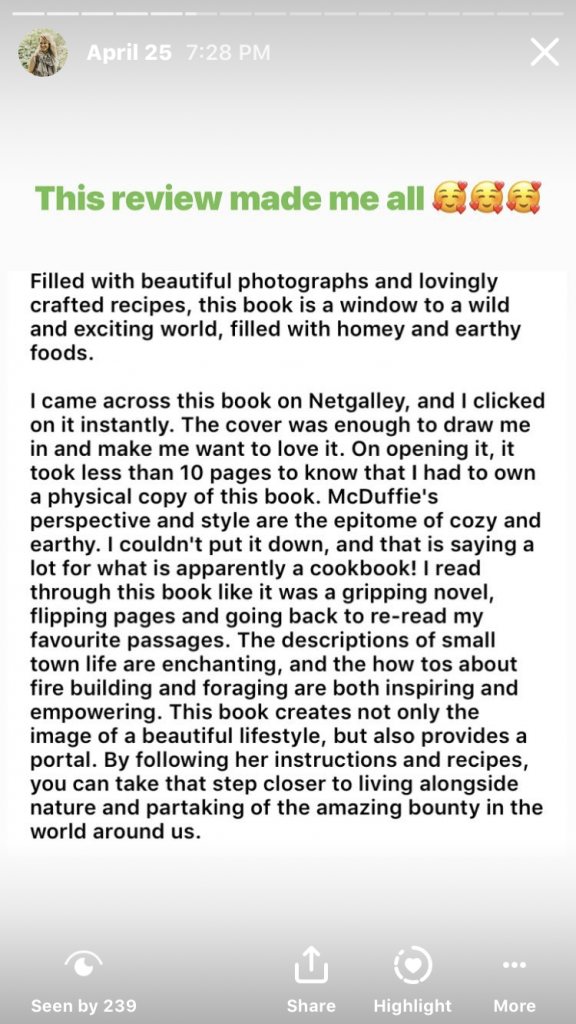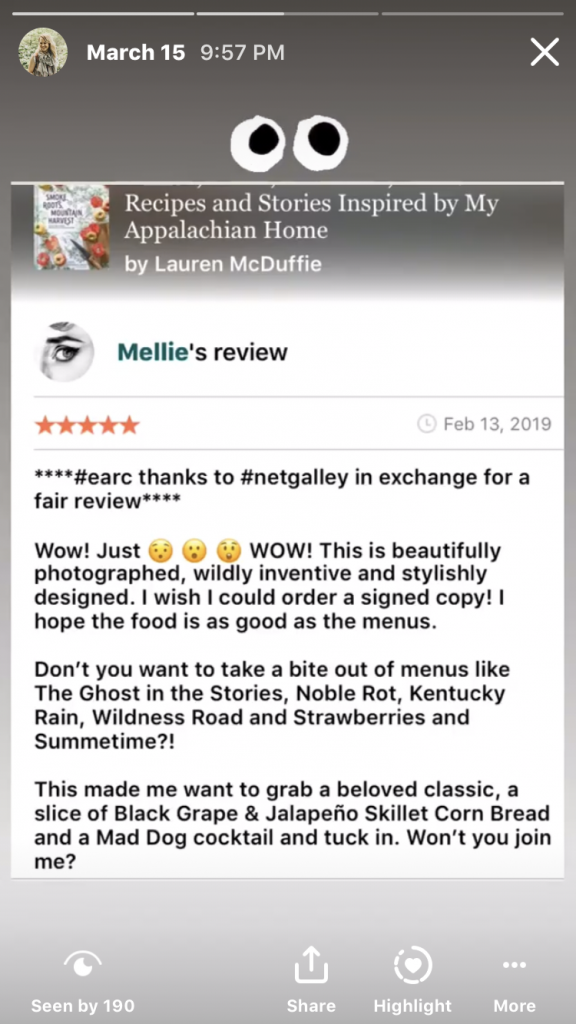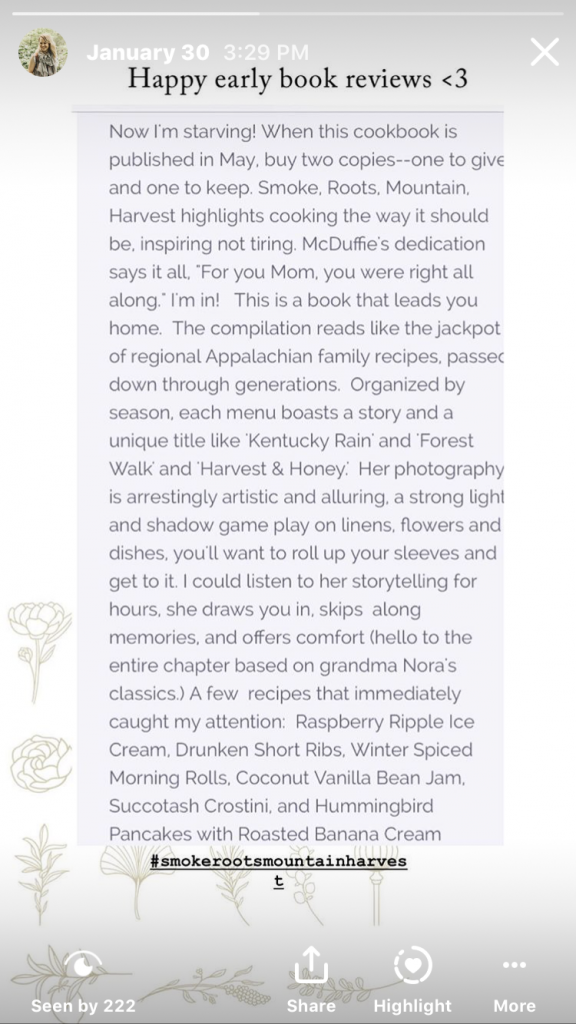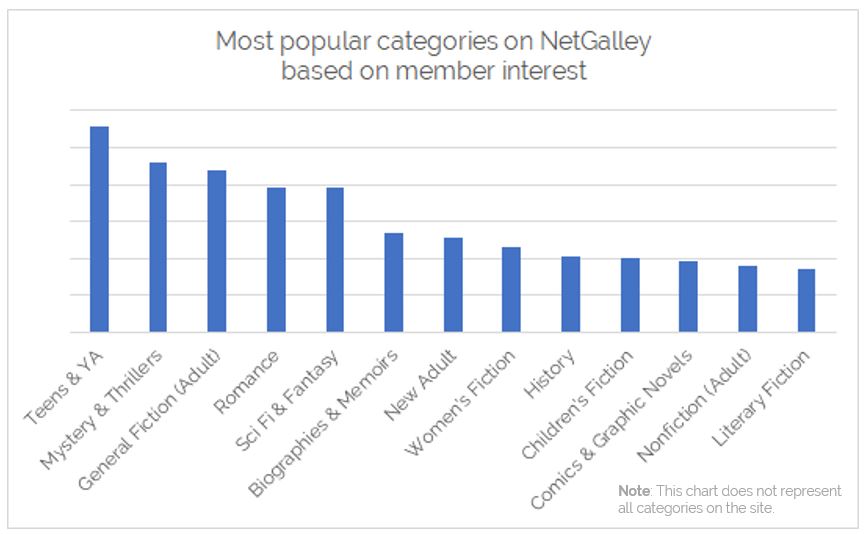Michelle Vu, Director of Business Intelligence & Data Management at Houghton Mifflin Harcourt, is implementing automation at HMH while keeping humans front-of-mind
Automation in publishing, as in any other industry, can seem risky. Workers wonder what will happen when their job can be done – in part or in full – by a computer program. For example, how will interns break into the industry if there are no galley envelopes to stuff and send?
But where some see cause for concern, Michelle Vu sees opportunities. In her role as Director of Business Intelligence & Data Management at Houghton Mifflin Harcourt, Vu is working across divisions at HMH see how automation could make workflows smoother and more effective. She is fostering honest dialogue about pain points throughout the book publishing process. Vu is using automation to give her colleagues more space to do the creative and thoughtful work that humans are uniquely good at, and that is required to shepherd great books into being.
She recently gave NetGalley Insights an inside look at how she thinks about automation and how she is implementing it at HMH.
How do you define automation?
Automation takes a process typically performed by a human being and uses technology to either remove the human element completely or create a hybrid of the two. We’ve seen many forms of automation throughout history, mass production and the assembly line, chat bots, Alexa and Siri, and the thermostat in our homes. It is easy to forget modern conveniences are the result of some form of automation.
I see automation as an opportunity to improve employee satisfaction by reducing the amount of boring but necessary tasks we each do every day.

One of my favorite hotels to stay at in Boston is the Yotel in the Seaport District. Walking into the lobby, you check in at a kiosk with the credit card used to book the room, the machine creates a security card for entry to your room and prints a receipt with your room number. Automating tasks like check-in and setting up room access frees up the concierge to do the very human work of making a visit special through personalized recommendations. If I need recommendations for things to do, there is a human being at the concierge desk whose time was not spent processing my stay but rather guiding me to the exciting things Boston has to offer. I realize this type of interaction (or non-interaction) may not work for everyone, but I find the experience very liberating.
You use the framework of Human+ to think about incorporating automation. Tell us what that means to you.
Human+ is building a digital workforce of software bots, machine learning, and artificial/augmented intelligence to work alongside and complement our human workforce. Identifying and segregating tasks that robots excel at with speed and accuracy (processing invoices, sifting through reams of financial data) from tasks that humans do best, especially those requiring subjective reasoning and creativity. To me, this means recognizing there really is a way to do more with less. By offsetting our talent with the aid of technology, we could invest more of our time with innovation.
By offsetting our talent with the aid of technology, we could invest more of our time with innovation.
How are you integrating automation into workflows at HMH? How and why did you take on this role?
We have been using software bots in the HMH trade division for the past six years on a much smaller scale and only within the data group. Our bots function to automate the retrieval, manipulation, and ingestion of data from external sources (think point of sales, daily ebook sales, etc.). It was not until recently that HMH implemented an enterprise level RPA (robotics process automation) program. Recognition of and support of RPA organization-wide has not only helped us ramp up automation projects; it has given us the visibility needed to expand beyond data ingestion into business processes.
Last year, our corporate automation team reached out to me to become a member of the advisory board for the RPA initiative. As the head of data and analytics for the trade division, RPA has been an area I have been wanting to explore for several years. To be perfectly honest, I knew very little about automation, but since I already work closely with our Publishing Operations team on workflow and processes, this was the perfect opportunity to dive right in!
What are the psychological, cultural, or social implications of integrating automation into publishing?
Evangelizing automation from an empathetic perspective is the most important thing for a successful RPA implementation. Ask a person at any level from various industries and they are sure to be overwhelmed, doing the job of two people or simply cannot find enough time in a day to finish their work. It’s important to remember that automation is not just a series of meetings to go over process improvements nor is it the new shiny IT project. A grassroots approach would be most effective, so people are less inclined to view automation as a mandate or a cost-cutting initiative. Having people create their own areas of efficiencies allows for greater ownership and accountability over their processes.
Evangelizing automation from an empathetic perspective is the most important thing for a successful RPA implementation.
I think of automation as a shift in our culture and rethinking the way we work and what we call “work” from a holistic point of view. It is not biased toward return on investment or reduction in staff, but rather a long-term approach for employee engagement and innovation. Traditional publishing is often hierarchical in structure with divisions and imprints focusing on each of their own processes. Honest conversations between departments about automation can help break down the silo mindset and engage employees to think bigger picture where they can add the most value to the book production life cycle.
What responses have you been getting from colleagues when you are automating parts of their workflow?
I am fortunate to be working with such a wonderful group of people at HMH, who have reacted to my questioning and probing into their work with curiosity and excitement. My role is to foster discovery sessions where we uncover and unravel processes, asking why we are doing something and what kind of results are expected. I’ve received positive feedback even during the discovery phase where we are stepping back and breaking down tasks. Not all projects are good candidates for automation, but the conversation itself has had a positive impact in people’s work in an empowering way. Having the support of upper management is key. I am grateful to have a management team that understands and realizes this is an opportunity to create powerful changes in our definition of work.
Which kinds of jobs have already been affected by automation? Which roles do you anticipate will be impacted next? How will it change entry-level positions?
The types of automation we’ve looked at have been administrative type tasks that are being done by non-admin people. For example, an editor submitting author advance payments or accounts payable invoices or a production manager tracking the status of shipments from freight carriers. We are looking at tasks and not necessarily entire jobs. For entry-level positions, I expect automation could potentially mean fewer admin duties and more meaningful work.
In the case where entire jobs are being eliminated, some companies transition and train the people affected by automation to manage and even build the actual bots. It makes sense since they know the process best and can troubleshoot and fix issues.
What hopes or plans do you have for the future of automation in publishing, either at HMH or across the industry?
I would like to see vendors of publishing software integrate automation features into their applications by improving the management of production schedules and having a more targeted approach to workflow based on user profile. From a contracts, permissions, and sub rights perspective, using NLP (natural language processing) for semi-structured data in managing contracts and royalties would improve accuracy of data management and tracking of licenses. It would be interesting to integrate bots into the manuscript editing process that could potentially reduce the number of passes and streamline the workflow. One of our next big projects at HMH is to automate certain parts of metadata management to resolve data discrepancies, missing data and potentially even have bots create new data.
Michelle Vu is the Director of Business Intelligence & Data Management at Houghton Mifflin Harcourt, where she heads the data and analytics team for the HMH Books and Media division. In her thirteen years of experience in trade publishing, she has led many metadata initiatives to improve workflow efficiency and generate product discovery. Michelle is passionate about delivering insights in meaningful ways, facilitating increased productivity and driving effective decision-making. Most of her free time is spent baking, cooking, eating, talking about food, and all things cats.
Interviews have been edited for clarity and length.

